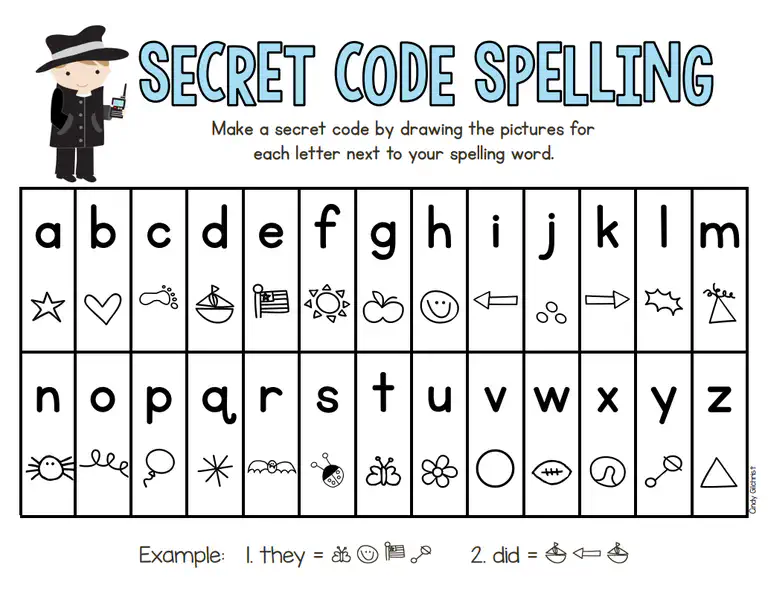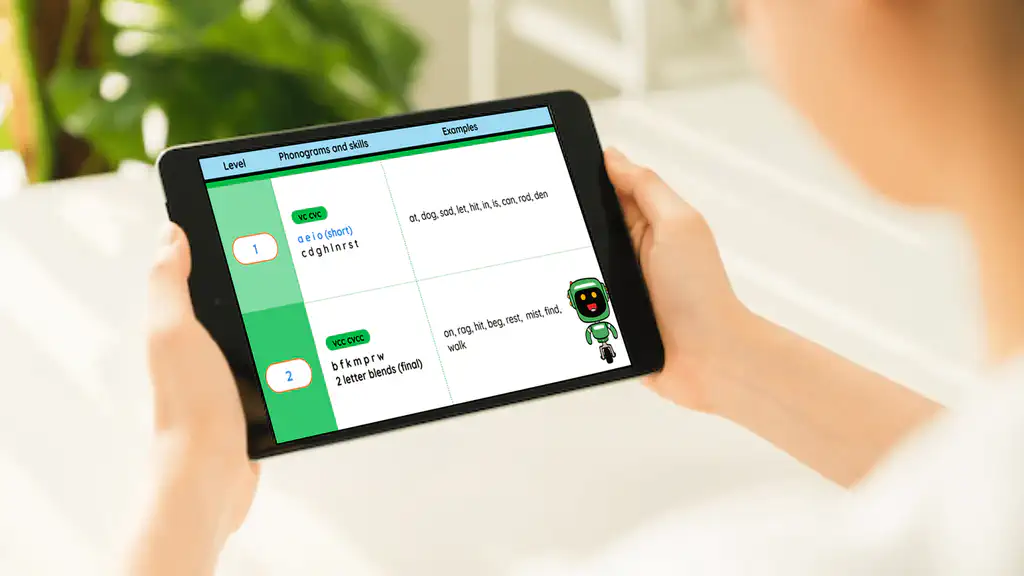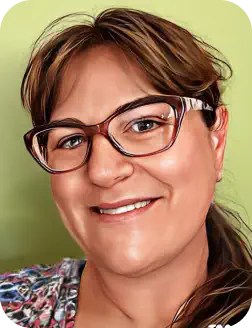Don’t be scared off by that technical title! This blog post simply explores word recognition.
Orthographic Mapping is what good spellers and readers have achieved, and what we are attempting to build every time we have a reading or spelling lesson. It refers to the specific order of letters we have decided make up a written English word (when we created a dictionary) and how we remember them.
It goes back to the decoding process I explored in my first post. Those with an orthographic map of a word, have memorised the ‘key’ to what that word looks like, and can recall it instantly.
During my MSL intensive training we did a wonderful exercise. Our instructor gave us some made up words and allowed us to use our decoding skills to work out how to pronounce it. The next word was a made up word too, but had recognizable parts (igh if I recall correctly). And the last word she only flashed on the screen for a second. We could all read that word, even after seeing only a flash of it, as everyone had already ‘mapped’ that word.

If you were to try to read or write a word in this code, you would need to keep referring back to the key until you memorized it.
Joan Sedita, Founder of Keys to Literacy, put it this way; Through orthographic mapping, students use the oral language processing part of their brain to map (connect) the sounds of words they already know (the phonemes) to the letters in a word (the spellings). They then permanently store the connected sounds and letters of words…
Once a word is orthographically mapped in a child’s brain it can be recalled almost instantly and is usually referred to as a ‘sight’ word. Some words don’t conform to language conventions anyway and need to be treated as irregular words or sight words from their first introduction, for example, ‘was’.
How is this information relevant to decodable books?
The goal of decoding words is not to make readers sound everything out. I recently had a student who had just started on a decoding program and his classroom teacher told him that sounding out everything is bad. It’s not ideal…no. But that is just the start of decoding. The phonectics are a foundation that morphology (how we create words using roots, suffixes, tense etc) builds on.
Decodable books use a combination of phonetics and morphology to build from simple to more complex.
In decodable books, the sound to spelling process is aided by grouping together words of focus sounds. The book levels start with a limited set of sounds (of usually CVC, CV and VC words) which are then added to, group by group, building a larger and larger word bank of automatic words. Grouping the sounds and word types creates an organization system that is much easier to recall, than random words. Orthographic mapping then occurs more rapidly.
The more words a student ‘maps’ the more fluent their reading becomes and they no longer need to decode a word.
So in essence, the aim of a good set of decodable books to ultimately make decoding unnecessary.
Then the student goes from learning to read to reading to learn.
I hope this has explained some of the mysteries of learning to read.


